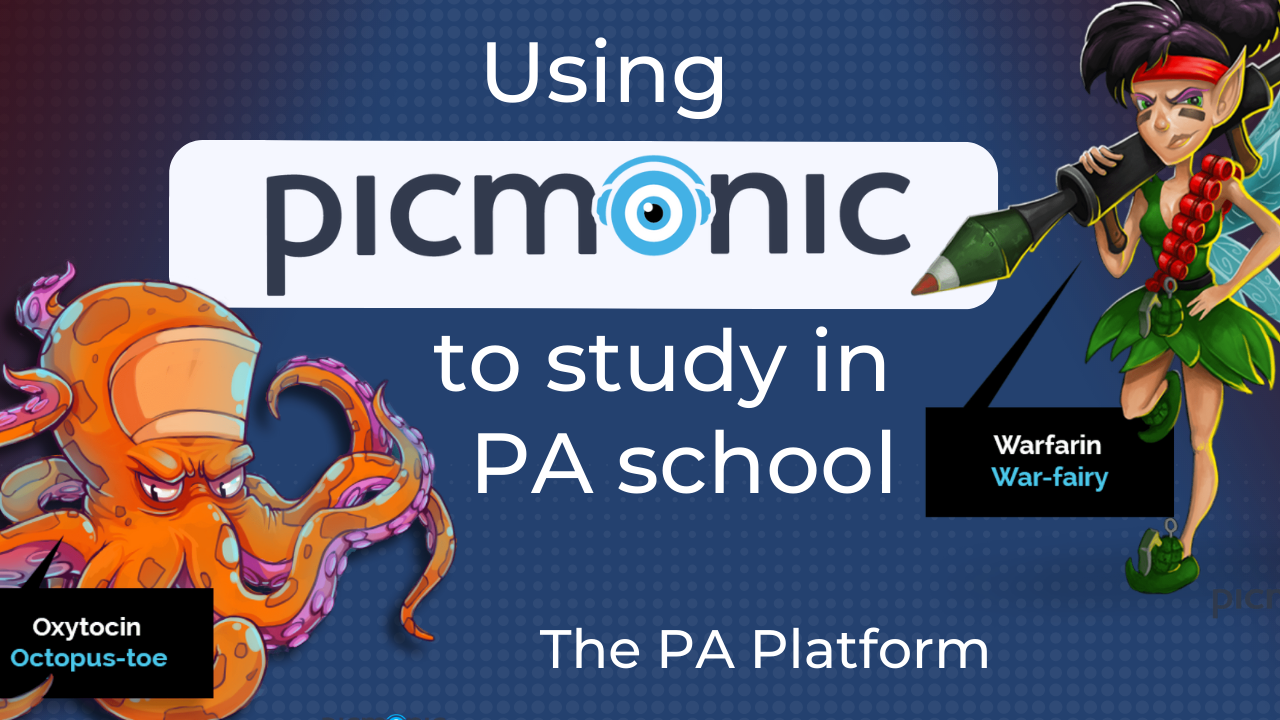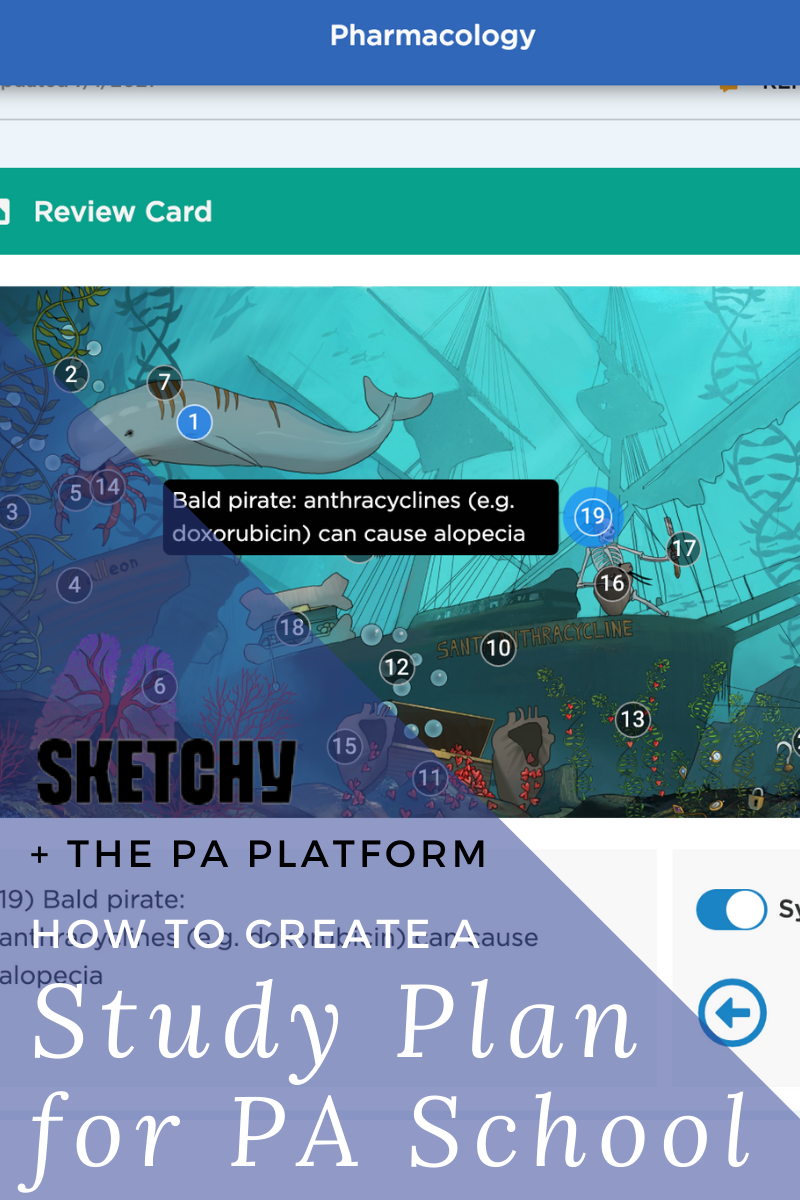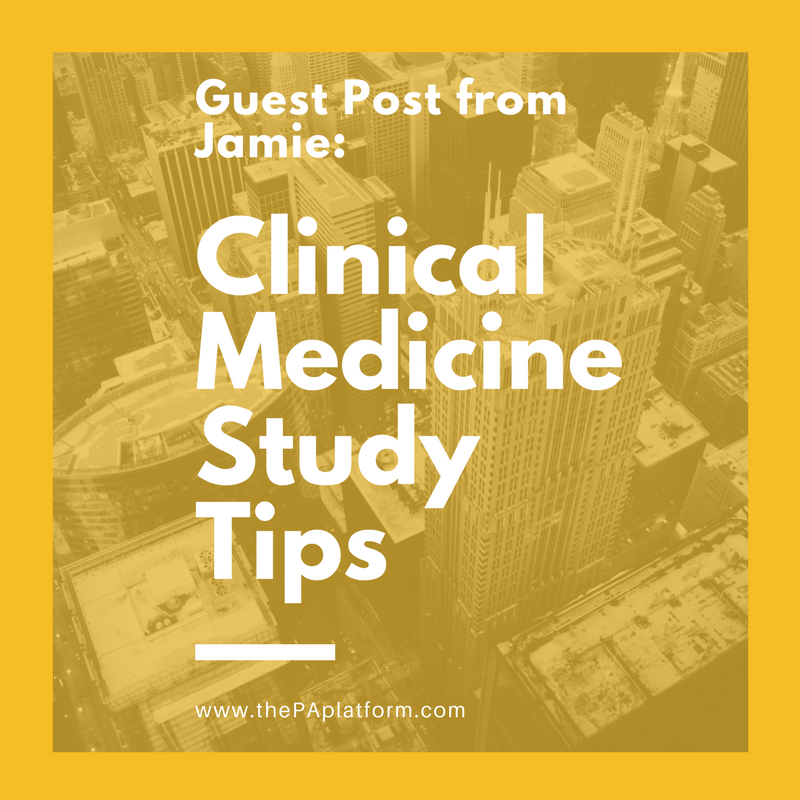Anatomy and Physiology is not only required to get into PA school, but will be one of the courses you'll have to require while in the program, usually near the beginning. The A&P of PA school is a whole different level from most undergraduate programs, in both amount of material and intensity. My program was done over the summer. We had lecture 4 days a week and then switched off lab time each day so 2 days were spent in the cadaver lab. The experience was great, but that's a smell I don't wish to revisit. It's still hard for me to wrap my head around the way all of the structures of the body function together, and that I actually have all of those muscles and nerves! We had 3 tests during that first challenging course, which I achieved a C, then a B, then an A. Progress is great, but I wish I knew which tools were going to be the most beneficial for my limited study time. Below are the resources I used outside of our required textbook, and I hope you will find them helpful! I've included links to the most updated sources, but for most of these the previous editions will likely be sufficient (and cheaper). Comment below with any other books or websites you've used during anatomy. This post contains some Amazon affiliate links.
Netter's - This is one of the classic resources. It's an atlas of drawings of every single part of the body. This is an essential book for learning the structures, and if you are able to know these pictures when it comes to practical time you should be prepared. I had a copy I kept at home and then my lab group had one as well to keep in the lab (this one gets a little messy). These are hand-drawn pictures by the way!
Color Atlas - This book is also a collection of pictures of anatomy, but it's actual pictures of cadavers. If you have a real cadaver lab, this book is invaluable. It makes it much easier to identify the structures when you know what colors they actually appear, instead of blue, green, purple, and yellow. I preferred studying from this book once I figured out what I was doing.
Netter's Flashcards - There are flashcards of essential structures that have Netter's drawings and all of the important material on the back. I didn't know these existed until my husband went through medical school, and they are pretty awesome. He used them a ton.
Thieme Atlas - This is another atlas set that actually has little blurbs of information as well instead of just pictures. Here is a link to the book on Google Books. There are a few pages missing, but most of the content is there if you want to check it out!
University of Michigan Practice Questions - These questions are amazing! There are also practical identification questions. I didn't do these for the first test and I truly regret it. They are vignette style questions on high-yield material and give explanations for why an answer is wrong. Great, free practice!
Lippincott's Illustrated Q&A of Anatomy and Embryology - Lippincott has a great series of Q&A books, and this one may be the first one you use. It has explanations for why answers are right or wrong, and these are also vignette-style.
Netter's App - If you're more advanced technologically, you will love this app. You can choose which structures you want to view and quiz yourself on different parts of the body. It's a 3-D view and my husband still uses this to study.
Zygote Body - This is similar to the Netter's app, but available on the internet. There are different levels you can subscribe to, but sometimes it helps to get a different view and be able to customize quizzes.












